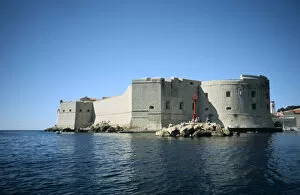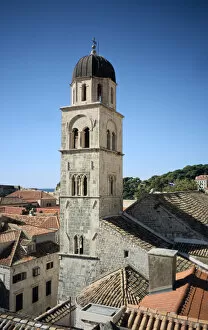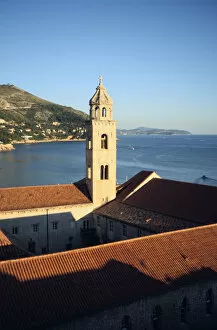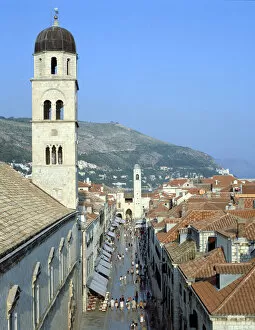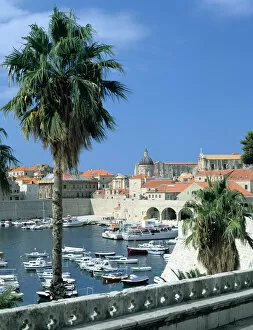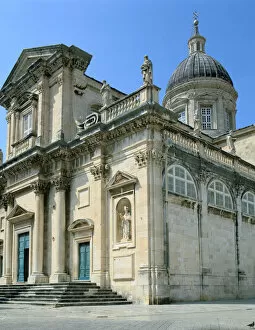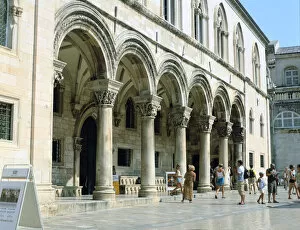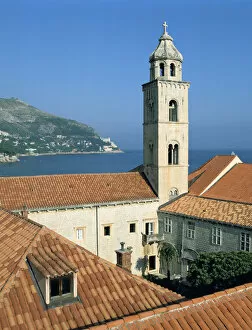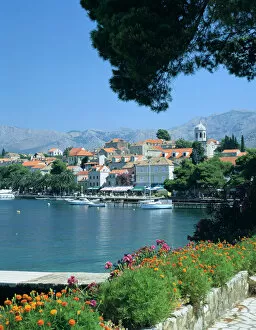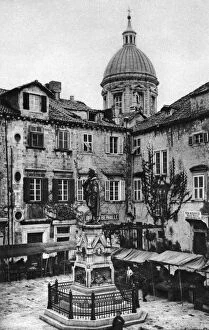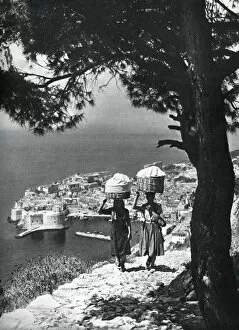Dubrovacko Neretvanska Collection
"Dubrovacko Neretvanska: A Journey Through Time and Beauty" Step into the enchanting world of Dubrovacko Neretvanska
For sale as Licensed Images
Choose your image, Select your licence and Download the media
"Dubrovacko Neretvanska: A Journey Through Time and Beauty" Step into the enchanting world of Dubrovacko Neretvanska, a region that captivates with its rich history and breathtaking landscapes. Inspired by Edward Lear's masterpiece "Peasant Women from Ragusa, " dating back to 1848-1866, this place is steeped in culture and tradition. Begin your adventure at Fort St John, an imposing fortress that stands proudly overlooking the city of Dubrovnik, Croatia. As you explore its ancient walls, let yourself be transported to another era filled with tales of battles fought and victories won. Embark on a short boat ride to Lokrum Island, just off the coast of Dubrovnik. This lush paradise offers tranquility amidst nature's wonders - from hidden coves to vibrant gardens. Lose yourself in its beauty as you stroll along secluded paths or bask in the sun on pristine beaches. The heart of Dubrovnik lies within its Old Town, a UNESCO World Heritage Site brimming with architectural marvels. Marvel at the Tower of the Franciscan Monastery as it reaches towards the sky, offering panoramic views over terracotta rooftops and azure waters. Immerse yourself in local flavors at one of Dubrovnik's charming restaurants. Indulge in traditional cuisine while savoring stunning vistas that stretch beyond Stradun –the main street bustling with life and lined with quaint shops selling unique treasures. Quench your thirst at Onofrios little fountain –a symbol of resilience throughout centuries– where locals gather for refreshment under its cool shade. Take a moment to reflect on how this small oasis has witnessed countless stories unfold before your eyes. Dubrovnik Cathedral stands tall as an emblematic landmark representing faith and devotion. Step inside this majestic sanctuary adorned with intricate details that pay homage to centuries-old craftsmanship. As evening falls upon Old Harbour, witness the city transform into a magical spectacle.


